Meg Wildrick has written a post about The Serious Benefits of Productive Play for Business 2 Community website.
Play has become a powerful word in leadership circles. It’s been touted in the press as “the number one leadership competency of the future,” “the key to a company’s success” and “the greatest natural resource in a creative economy.”
Productive playfulness is one of the top traits I look for in new hires. But, I also look for the ability to transition between play and problem-solving. Playfulness motivates us to take risks, see new possibilities, experiment and iterate. It’s a critical first step in creative problem-solving. Playfulness breaks down the black-and-white, multiple-choice mindsets we’re taught in school. It helps us question, probe, create–and stay deeply connected to our work. But productive play is not just about experimentation for experimentation’s sake. It’s about coming together and solving problems.
As Tim Brown remarks in his TED Talk on Serious Play: “Play is not anarchy…There are rules about how and when to play.” Brown notes that high-performing creative groups have the ability to “transition in and out of play”–i.e., to move from “a generative mode of exploration to a problem-solving mode in which we come together seriously and solve problems.” As we age, professionals are socialized to favor problem-solving over exploration. Hence the urgent rallying-cry for play.
Over the past decade, a number of educational and leadership programs have sprung up to facilitate learning through play. Here are four simple steps to increase productive play:
- Seek out new experiences. Creativity is linked to our ability to recognize information. When we expand our experience base, we increase our ability to see connections.
- Be more open. Before saying “no,” ask “why not?” and “what’s possible?” Shutting down options too early eliminates possibilities.
- Experiment. Every idea can be hacked, morphed, stretched and made better. Productive play is grounded in tireless iteration.
- Move. Play is inherently active. Proto-types are a good way to prevent “analysis paralysis” and get the creative process moving.
Productive play makes work more enjoyable and leads to better creative solutions. When’s the last time you played productively at work?
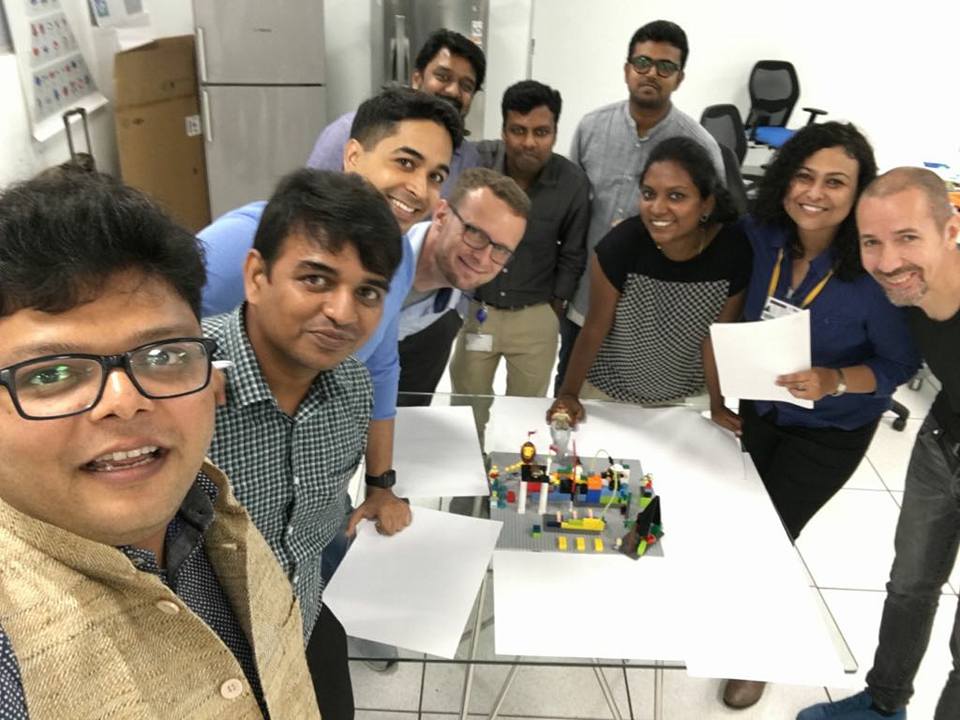

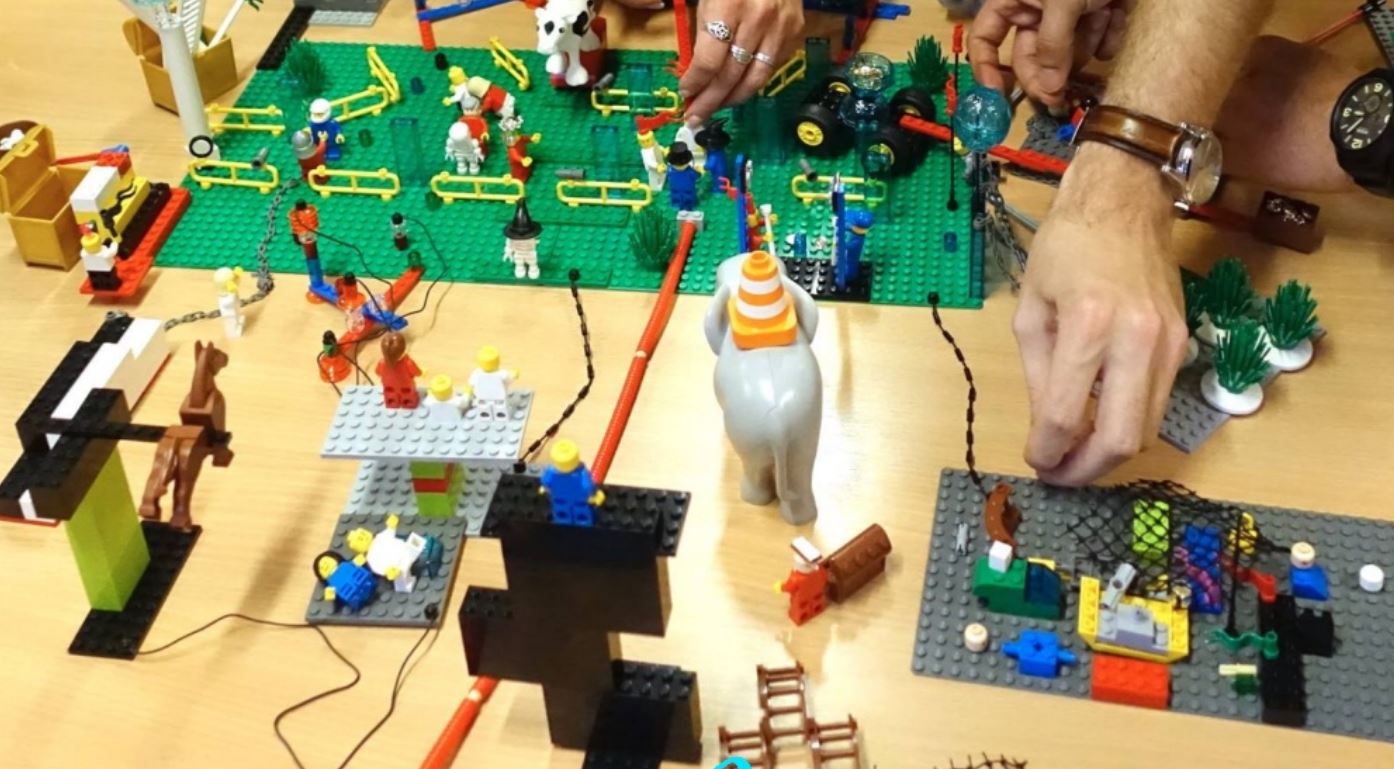
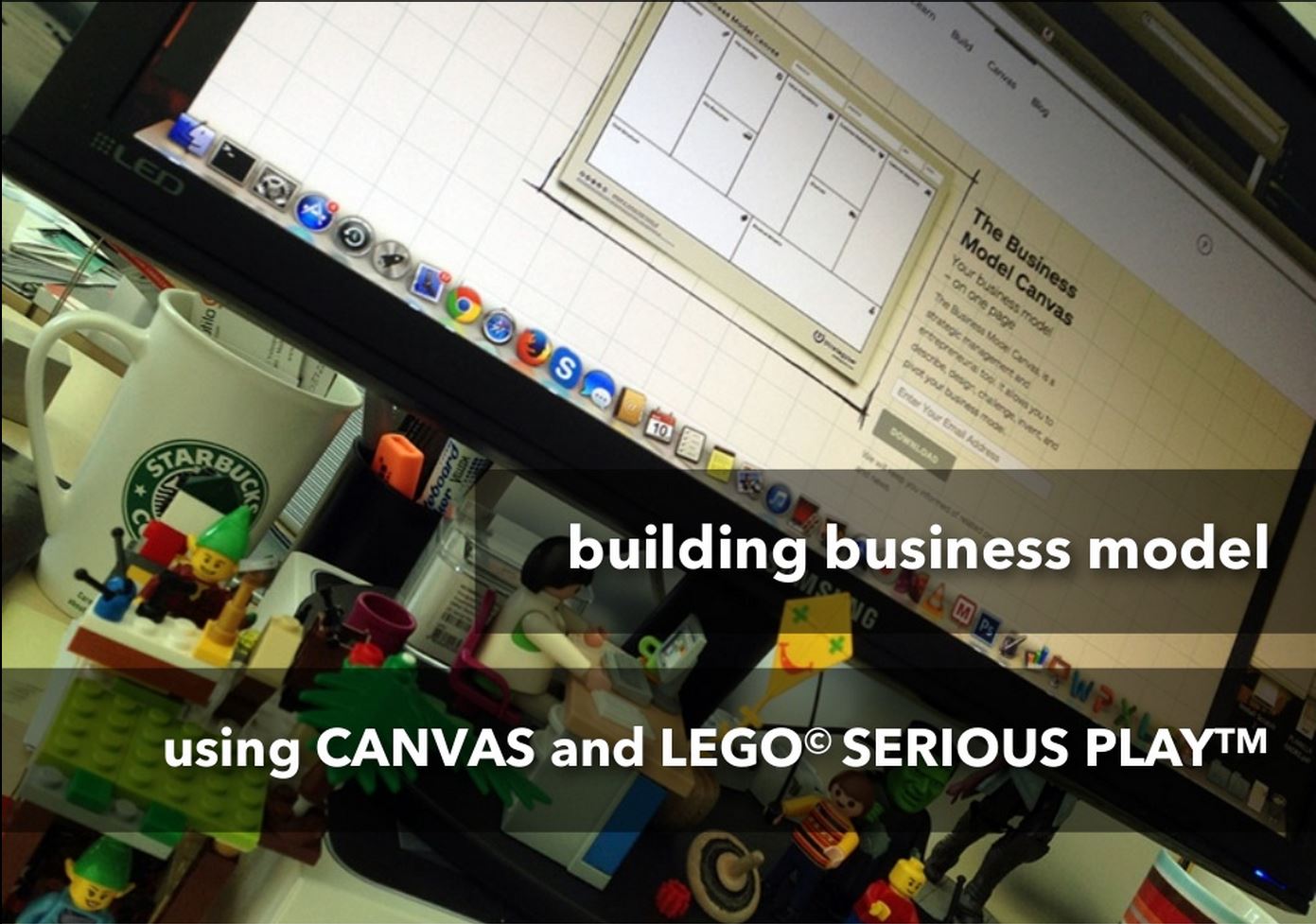
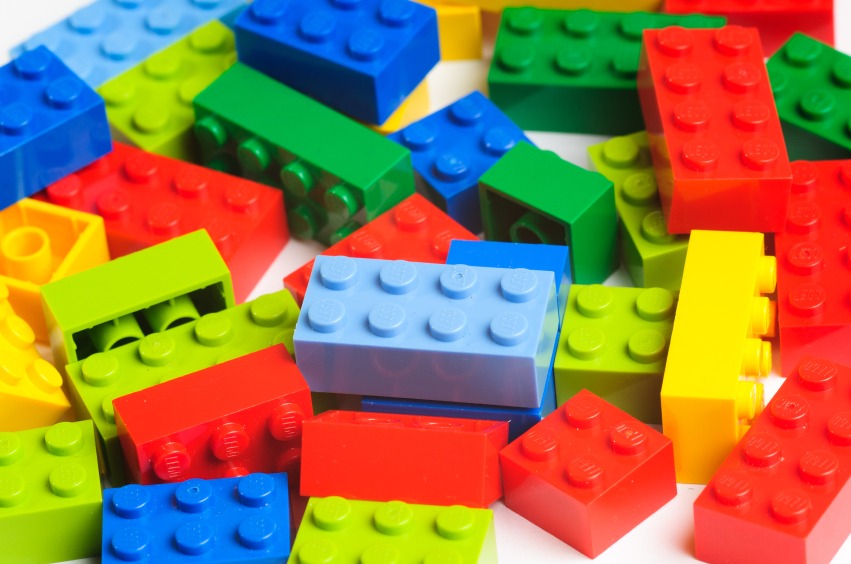
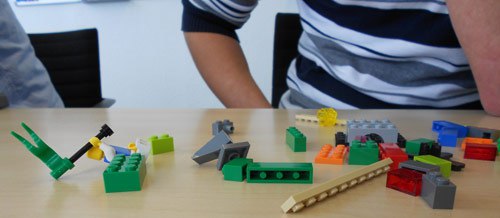
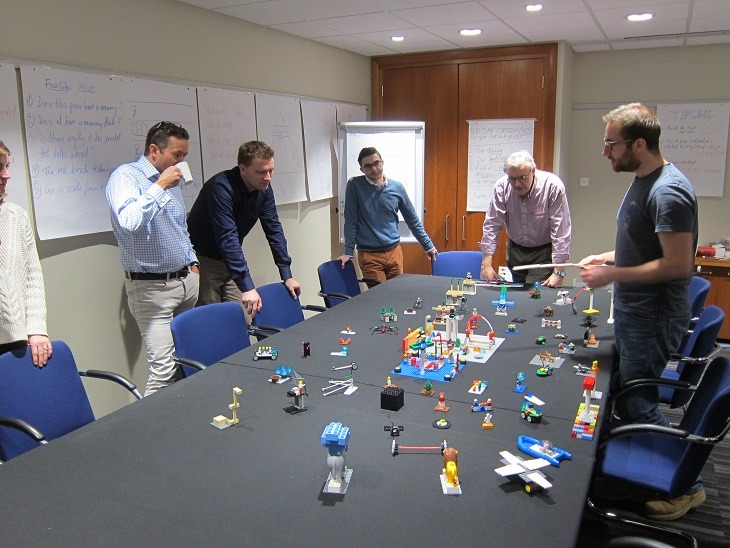

 Become a LEGO Serious Play facilitator - check one of the upcoming training events!
Become a LEGO Serious Play facilitator - check one of the upcoming training events!